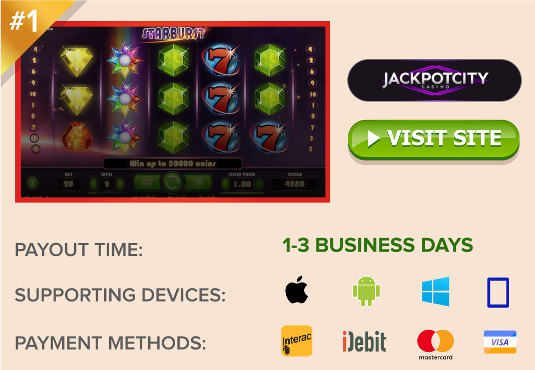How to Count Cards in Blackjack

Learn How to Count Cards in 21 Blackjack
They key to card counting is start small, and progress slowly. Once you gain a basic understanding of the simplified version detailed below (The High-Low System), it will be much easier to expand your knowledge into greater systems. The following 5-step walk-through teaches everything you need to know, start to finish; no calculator, math degree, or photogenic memory required.
1. Assign Point Values to All Cards |
||||||||||||||||||||||||||||
|
The basic Hi-Lo system assigns point values to every card, with each being worth -1, 0 or +1. So long as you can add or subtract by one number at a time, you can count cards. It really is that easy. Of course, you’ll have to know what to do with those numbers, but we’ll cover that in the following steps. Point values are assigned as follows:
|
2. Keep a Running Count |
|
Using the point values above, you will need to keep a running count of all cards dealt from the deck. In order to be effective, you have to start the count on a fresh shoe (not midway through a shoe). You will start at zero, and for every card played, either add +1, subtract -1, or do nothing 0. Practice is the key here. The more you practice, the easier it will be to keep count, without drawing attention to the fact that you are counting cards. Use a deck of cards and flip through them, one at a time, keeping count. You should start and end with a count of zero. Example If the dealer peels off the following arrangement of cards, starting with the burn card: 5, 9, Q, 3, 4, 10, 7, A, J, 2, K, 8, 6, A, K, 9, 3, 7, 5, 2, 10, 6, 3, 4, Q, 2 What is the count? +1 (0) -1 +1 +1 -1 (0) -1 -1 +1 -1 (0) +1 -1 -1 (0) +1 (0) +1 -1 +1 +1 +1 -1 +1 = 2 |
3. Estimate the True Count |
|
You could stop at the running count and use this number to guide your bets at the tables, but your RTP will be much greater by estimating what is known as the “true count”. In order to get this true count, you need to divide the actual count by the number of decks remaining in the shoe. Rarely do land-based casinos offer single-deck blackjack anymore. Most games deal from 6 or 8 decks. If you’re not sure how many are in use, just ask. The more you play blackjack, the easier it will be to recognize the number in use, and to estimate how many remain in the shoe. If you’re playing a 6-deck game, and you estimate that about 4 decks are left, you will divide your running count by 4. The result is the true count. Example 1 Example 2 You’ll notice we rounded 1.75 up to 2 in that second one. If rounding off the numbers makes it easier for you, do it. There’s nothing wrong with simplifying the process. |
4. Bet Sizing Based on the Count |
|
Now we give you a purpose for all that counting. The higher your true count is, the higher the bets you should be placing. Lower counts deserve lower bets. The same rules applies if you’re not using true counts yet, only employing a running count. But you might wish to bet more modestly since the results are less accurate. To avoid the scrutiny of casino management, you may wish to use a betting pattern known as “spread betting”. It will cut into your profits a little bit, but it will look more natural to the security monitors. The idea is to use a limited minimum/maximum bet range, then only increase your bets after a win, only decrease your bets after a loss, and keep your bet size the same after a push. |
5. Progression in Card Counting Systems |
|
When you’re first starting out, you’ll need lots and lots of practice. Start with the running count, then slowly implement a true count. Do not attempt to progress further than these combined methods until you have mastered them. By mastery, I mean you should be employing them consistently, with a noticeably positive impact on your long-term RTP. At this point, you may wish to look into more detailed systems. Here are some excellent articles detailing additional lessons on how to count cards in blackjack.
|
 Jackpotcity.com is our editorial pick for your gaming needs. Currently offering an entire suite of casino games, as well as a wide range of Canadian deposit options, JackPotCity truly offers world-class gaming.
Jackpotcity.com is our editorial pick for your gaming needs. Currently offering an entire suite of casino games, as well as a wide range of Canadian deposit options, JackPotCity truly offers world-class gaming.





